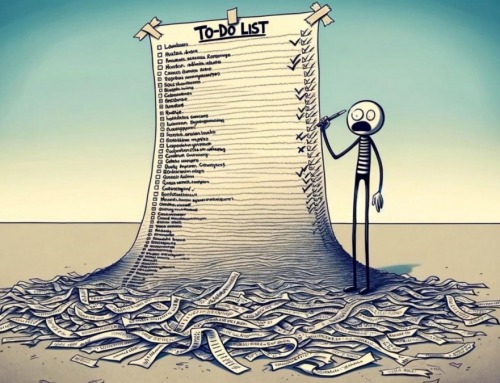 Every change, large or small, presents known and unknown opportunities and dangers. If you’re currently leading an organization or team through a change, being able to identify and articulate these opportunities and dangers is essential.
Every change, large or small, presents known and unknown opportunities and dangers. If you’re currently leading an organization or team through a change, being able to identify and articulate these opportunities and dangers is essential.
How do you go about identifying these?
By working with your group on an ODI list. With an ODI list, you can make the ambiguity of change less vague, and to help your group to move forward without knowing all of the answers and without all of the conditions being “just right.”
Here’s is how you help your group embrace the change by identifying and articulating the Opportunities, Dangers, and Interesting Points (ODI).
Is change good or bad?
We all have a mixed emotional reaction to change. We love it, we hate it! We’re enthusiastic about it, we fear it.
What is it that makes some changes feel good and others seem so bad?
Basically, it comes down to this: good changes feel like innovation, bad changes feel like disappointment.
Change is good, when we are prepared for it, and when we can see the good that will come on the other side of the usually painful process of the change itself.
So, what do we have to do in order to feel prepared to change?
Start with a change mindset
If you have the mindset that change can be good, you and those around you will be more inclined to look for good changes.
Be prepared to answer the question: What benefits are we looking for out of this change?
Keeping your team focused on the big picture “why we are doing this” will be helpful in dealing with the resistance to change and the pain of the actual change itself.
Engage the team involved in the change in a dialogue about the change
Over 200 years ago, Benjamin Franklin used q pro-con list to start intellectually understanding change and the potential consequences from change.
However, pro-con lists tend to polarize people, leading to a slippery slope when it comes to productive communication.
Try an ODI exercise
 Divide the board into three columns labeled: Opportunities, Dangers, and Interesting Points.
Divide the board into three columns labeled: Opportunities, Dangers, and Interesting Points.
Start listing what could be considered an opportunity, what things might be dangers, and, if things don’t really fit into either of those categories, or if there’s questions, list them as Interesting Points.
Use this exercise to figure out What could go wrong and How to protect against the downside
Expect the best, but prepare for the worst.
All changes have opportunities and dangers
An O.D.I exercise helps you and your team safely explore the change. It helps focus you on the possibilities and opportunities that lie ahead.
From your O.D.I list you’ll be able to identify routines and processes will be impacted by this change and be better prepared to adapt those behaviors as the change takes place.







